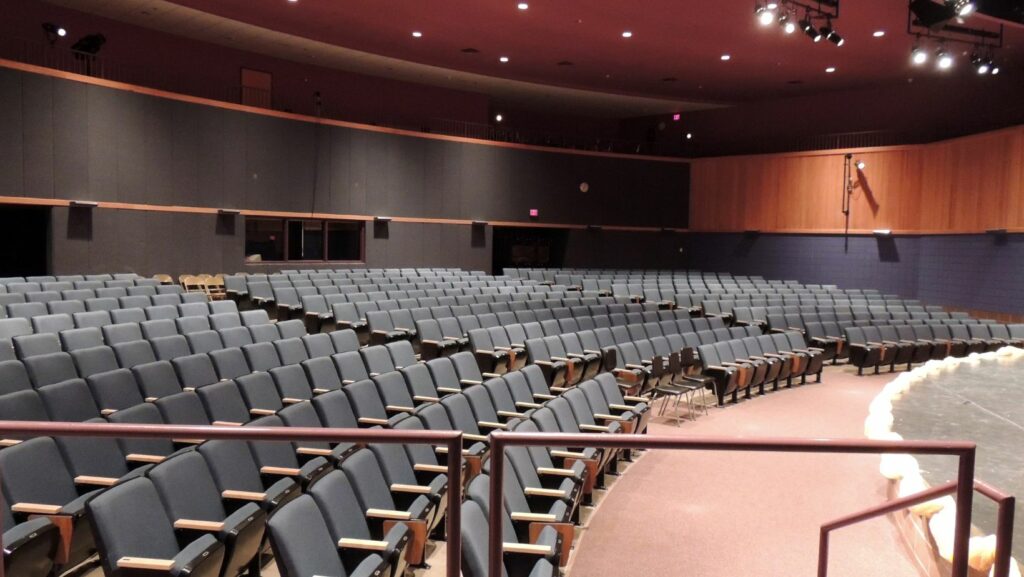In the vibrant world of education, visual arts teachers play a pivotal role in shaping creative minds. They don’t just teach students how to draw or paint; they inspire them to see the world through a different lens, fostering imagination and encouraging self-expression. As the arts continue to be an essential part of holistic education, these educators help students develop critical thinking skills and an appreciation for diverse cultures and perspectives.
By nurturing students’ artistic talents, they provide them with tools to communicate ideas and emotions in powerful ways. As schools recognize the value of arts education, the demand for skilled and passionate visual arts teachers continues to grow.
Visual Arts Teacher
Visual arts teachers guide students in exploring various artistic methods and styles. They curate curricula that incorporate drawing, painting, sculpture, and digital arts. By presenting art history and contemporary trends, they connect students to diverse cultural contexts. This exposure fosters appreciation for global artistic expressions.
These educators prioritize developing critical thinking by encouraging students to analyze and interpret artworks. They design projects that require problem-solving and innovative thinking. Visual arts teachers also facilitate collaborative activities, enhancing interpersonal skills and promoting teamwork.

Their role extends beyond instruction. Visual arts teachers mentor students in discovering their unique voices through art. They provide constructive feedback to nurture confidence and improve artistic abilities. By organizing exhibitions and participating in community art initiatives, they engage students with broader audiences, enhancing public speaking and presentation skills.
In promoting art advocacy, visual arts teachers act as key figures in fostering school-wide appreciation for the arts. They advocate for resources and support, underscoring the value of creative education in personal development.
Educational Requirements
Visual arts teachers typically earn a bachelor’s degree in visual arts or art education. This foundational degree usually includes coursework in drawing, painting, sculpture, art history, and teaching methods. Many states require visual arts teachers to complete a teacher preparation program and acquire state certification, which involves passing relevant exams.
Some educators pursue a master’s degree in art education to gain advanced skills and improve career prospects. Practical experience in classroom settings often forms part of their training, enhancing their ability to guide students effectively. Continuing education is also common, allowing teachers to stay updated on contemporary art practices and teaching strategies.
Teaching Techniques In Visual Arts
Visual arts teachers employ diverse techniques to nurture creativity and adapt to modern educational landscapes.
Encouraging Creativity
Visual arts teachers foster creativity by creating an open environment that values student experimentation and exploration. They introduce varied materials and media, allowing students to express individuality through different artistic forms. Teachers encourage risk-taking by emphasizing the learning process over the final product. Through critique sessions, they help students analyze artworks constructively, refining ideas and promoting innovative thought.
 Using Technology In The Classroom
Using Technology In The Classroom
Incorporating technology broadens the scope of visual arts education. Visual arts teachers use digital tools like graphic design software and virtual art platforms to enhance traditional techniques.
Interactive whiteboards and tablets provide dynamic ways to explore digital artistry. By integrating multimedia elements, teachers make lessons more engaging, catering to diverse learning styles and preparing students for careers in digital arts.
Challenges Faced By Visual Arts Teachers
Visual arts teachers encounter unique challenges that can impact their ability to provide quality education. These challenges often relate to resource allocation and student engagement.
Budget Constraints
Visual arts teachers often struggle with limited financial resources. Art supplies like paints, canvas, and other materials are essential for hands-on learning, but budget restrictions limit their availability. When funding is tight, teachers may resort to using lower-quality materials or request students to bring supplies from home, affecting the learning process. Additionally, these educators face challenges in integrating modern technology, like digital design software, due to the cost of acquiring and maintaining the necessary equipment.
Diverse Student Needs
 Catering to diverse student needs presents another challenge for visual arts teachers. Classrooms consist of students with varying skill levels and learning styles, requiring differentiated instruction. Some students thrive with traditional art techniques, while others excel in digital media.
Catering to diverse student needs presents another challenge for visual arts teachers. Classrooms consist of students with varying skill levels and learning styles, requiring differentiated instruction. Some students thrive with traditional art techniques, while others excel in digital media.
Teachers must design versatile lesson plans that engage all students, fostering inclusivity. Moreover, visual arts teachers support students with special educational needs, often adapting projects to ensure everyone can participate meaningfully, which can be demanding on both time and resources.



